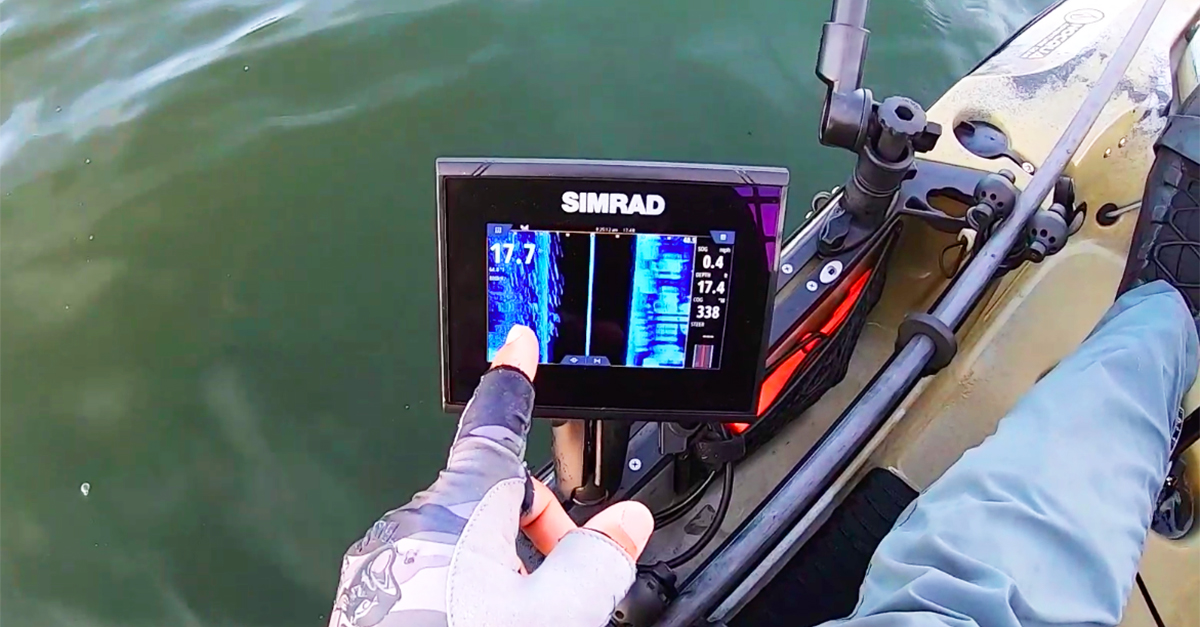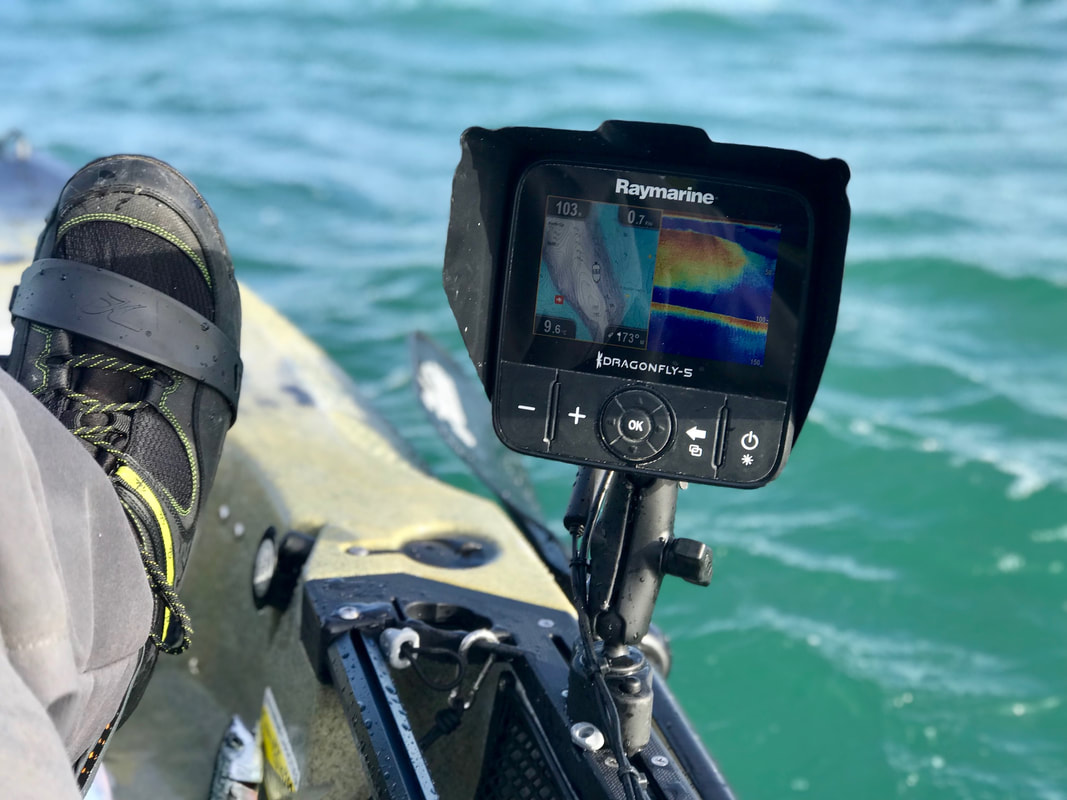Kayak fish finders use sonar technology to detect fish and underwater structures. They send sound waves into the water, which bounce back upon hitting objects.
This data is then displayed on the fish finder’s screen, showing the depth and location of fish. Kayak fishing has become a popular hobby, and using a fish finder can greatly enhance the experience. Knowing how these devices work can help anglers catch more fish and enjoy their time on the water.
Fish finders are compact and easy to use, making them perfect for kayaks. By understanding the basic principles of sonar technology, you can make informed decisions about where to fish. Let’s dive into the details of how kayak fish finders operate and how they can improve your fishing trips.
How Kayak Fish Finders Operate
Kayak fish finders use sonar technology. They send out sound waves. These waves bounce off objects in the water. The device then reads these echoes. This helps to locate fish and underwater structures.
Most kayak fish finders have a transducer. This part sends and receives sound waves. Another key part is the display screen. This shows the data collected. Some finders have GPS for navigation. There are also power sources like batteries. All these parts work together to help you find fish easier.

Credit: www.saltstrong.com
Types Of Fish Finders
Traditional sonar uses sound waves to find fish. The device sends a sound wave. This wave bounces off objects in the water. The fish finder then shows these objects on the screen. Fish appear as arches. The size of the arch shows the size of the fish. This method helps locate fish easily.
CHIRP sonar uses many frequencies at once. This makes it more accurate. It sends out a continuous range of frequencies. This helps to get a clearer picture. Fish are shown more clearly. Bottom structures are also more detailed. This technology is best for deeper waters. It helps in finding fish faster.
Choosing The Right Fish Finder
Check the screen size. A larger screen shows more details. Look for GPS features. These help in navigation. Battery life is crucial. A long battery life ensures more time on the water.
Also, consider the transducer type. It determines how well the finder works. Ensure it is waterproof. Kayaks can get wet. Lastly, check if it has easy controls. Simple buttons make it easier to use.
Place the fish finder near your seat. Easy access is key. Use a mounting bracket. It keeps the device secure. Attach the transducer to the kayak’s bottom. Make sure it is firmly fixed.
Run the wires properly. Keep them out of the way. Use zip ties to secure them. Make sure the battery is secure. A loose battery can be dangerous. Test the setup before you go fishing. Ensure everything works fine.

Credit: www.kayakfishing.blog

Credit: www.reddit.com
Frequently Asked Questions
What Is A Kayak Fish Finder?
A kayak fish finder is a device that uses sonar technology to locate fish underwater. It helps anglers identify fish and structures beneath the water surface. These devices are compact and designed specifically for use on kayaks.
How Does Sonar Technology Work In Fish Finders?
Sonar technology sends sound waves into the water. When these waves hit an object, they bounce back to the device. The fish finder interprets these echoes to create a visual representation of the underwater environment.
Can Fish Finders Detect Water Depth?
Yes, fish finders can detect water depth. They measure the time it takes for the sonar waves to return. This information helps anglers understand the underwater terrain and locate fish more effectively.
Are Kayak Fish Finders Waterproof?
Most kayak fish finders are waterproof. They are designed to withstand water exposure and harsh conditions. Always check the specifications to ensure the device is suitable for your needs.
Conclusion
Kayak fish finders are essential for successful fishing trips. They help locate fish quickly and efficiently. These devices use sonar technology to scan underwater and display fish locations. Understanding their operation can greatly improve your fishing experience. Invest in a good fish finder to save time and increase your catch.
Happy fishing!




